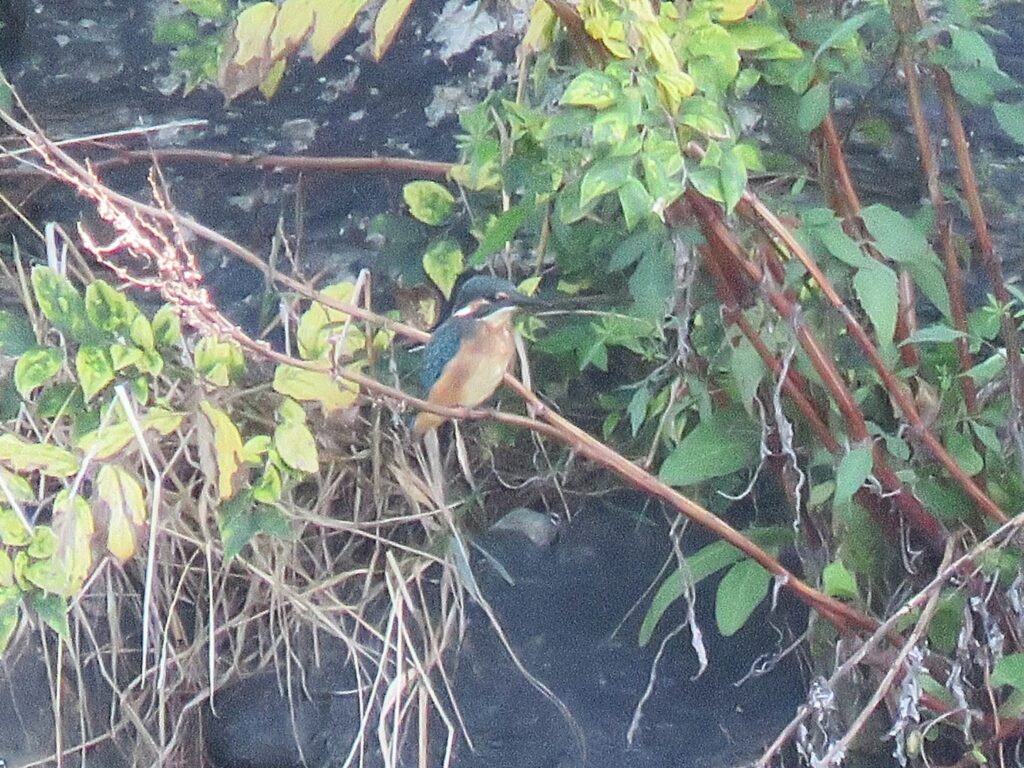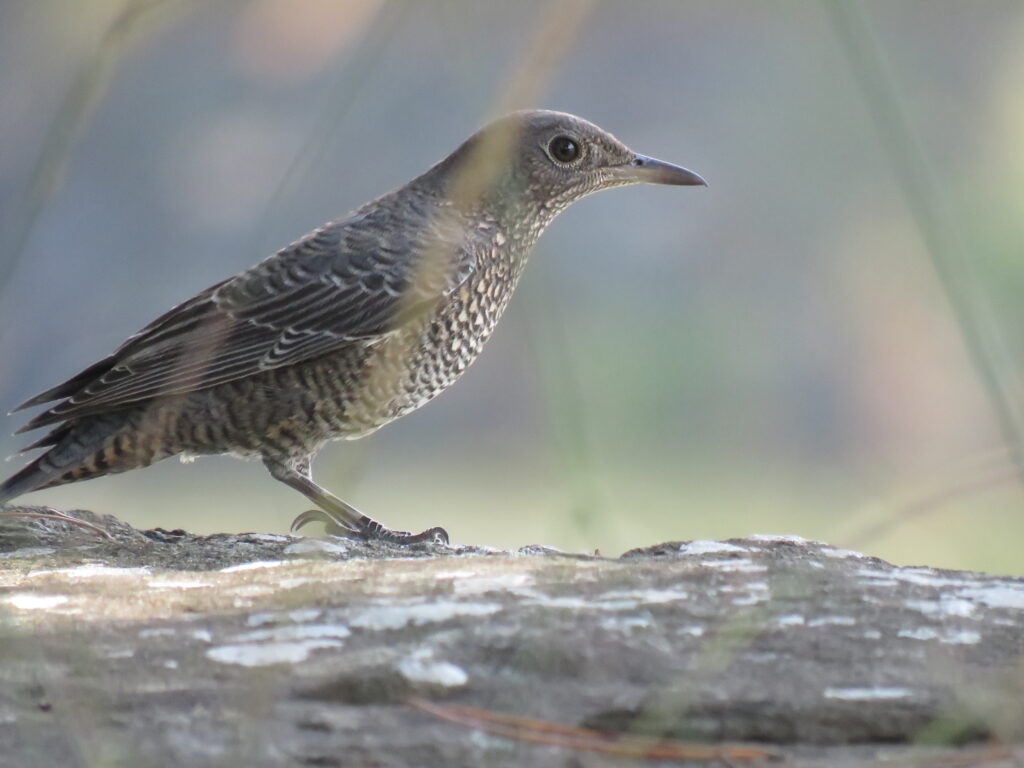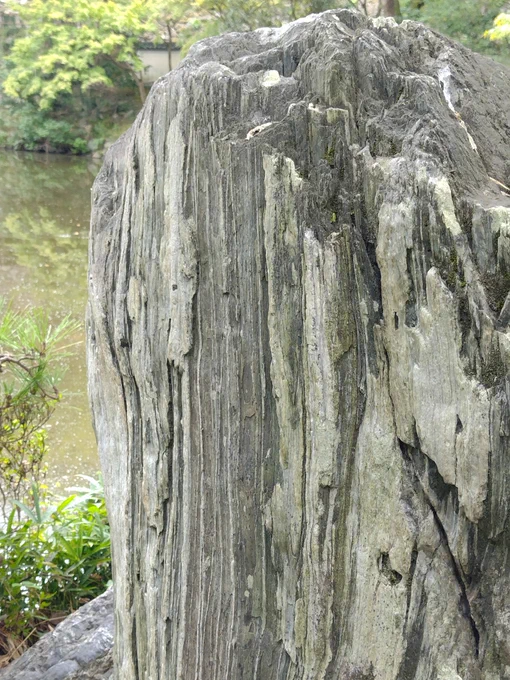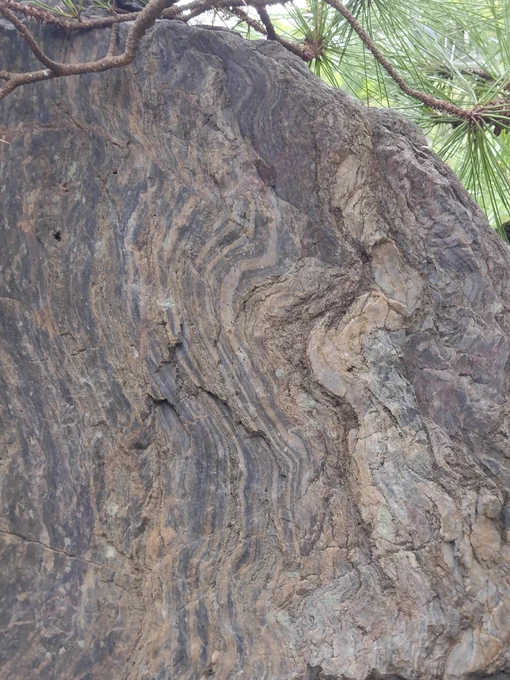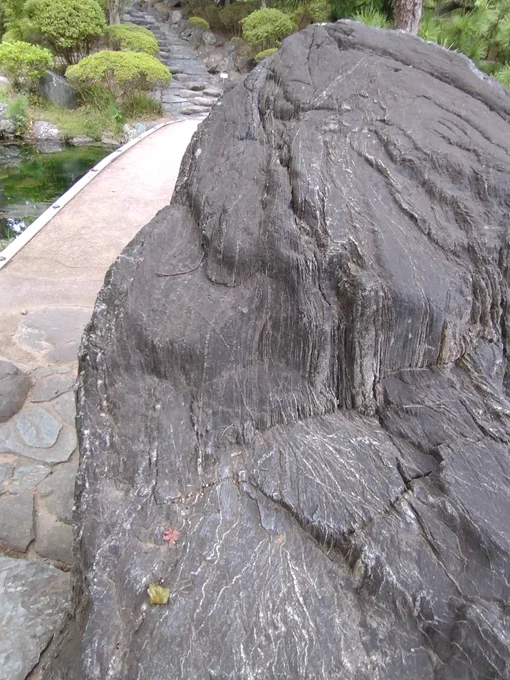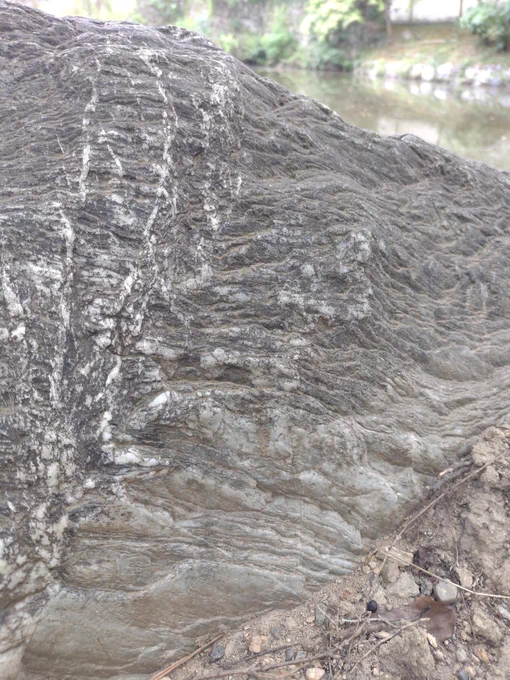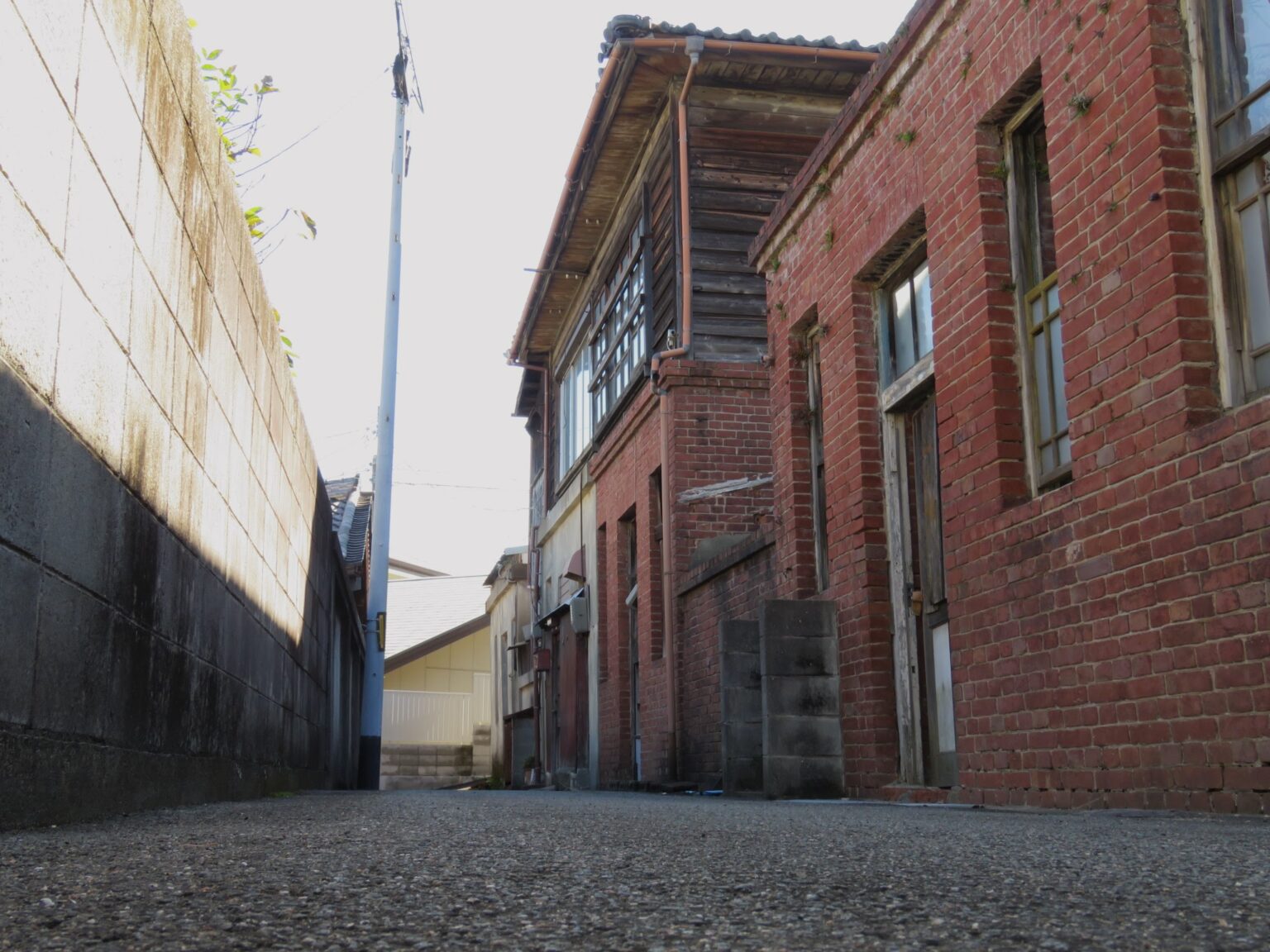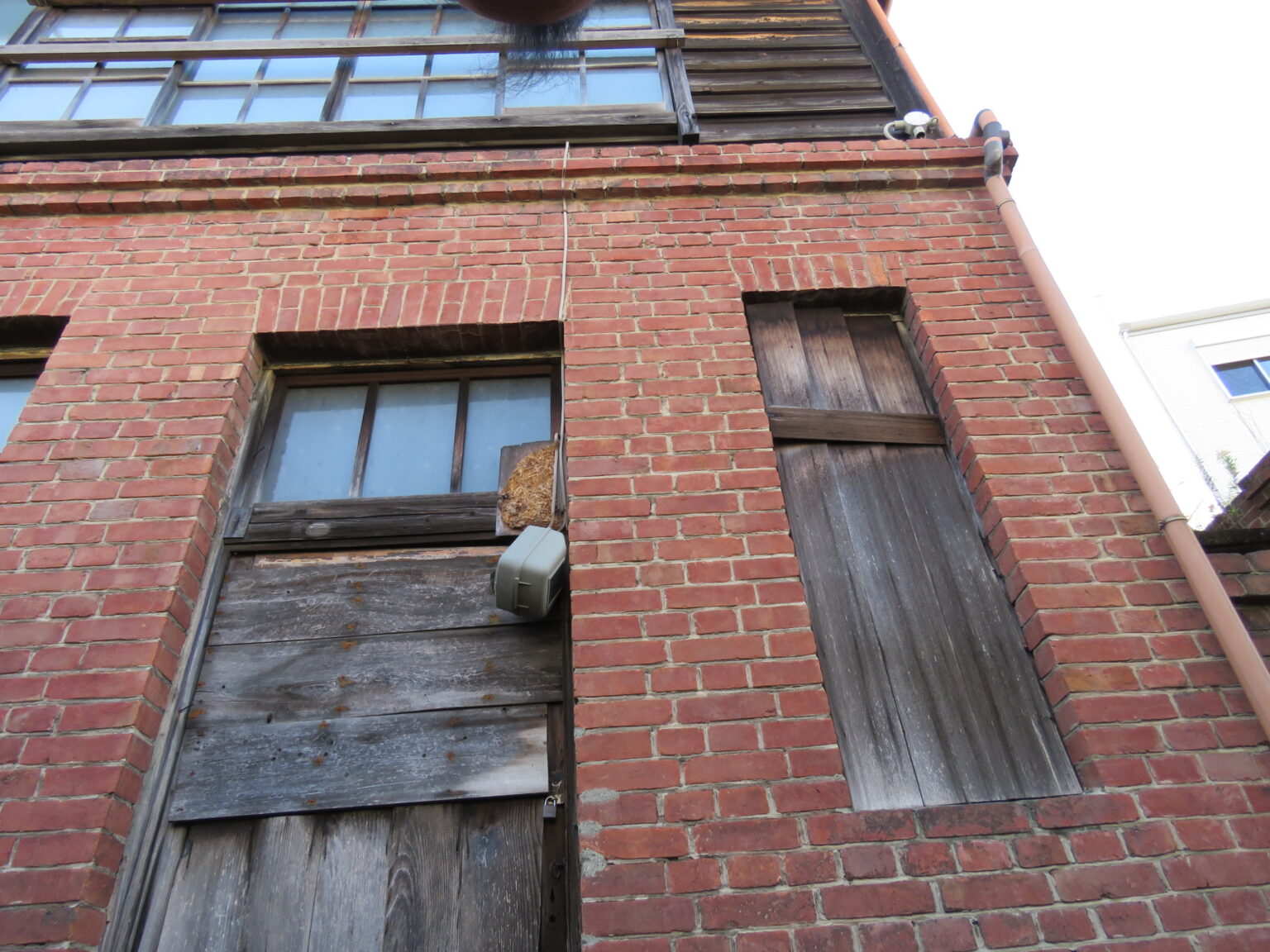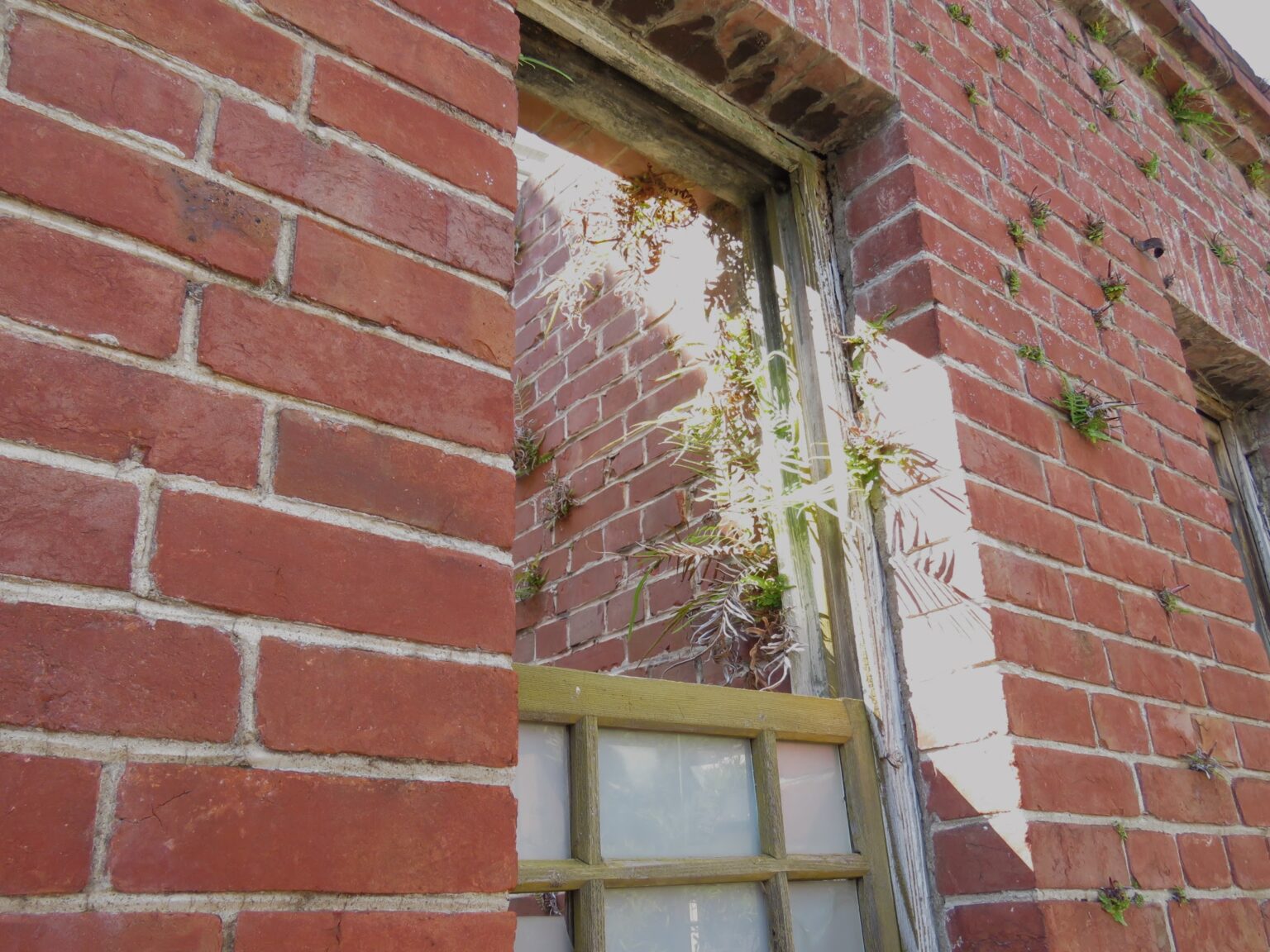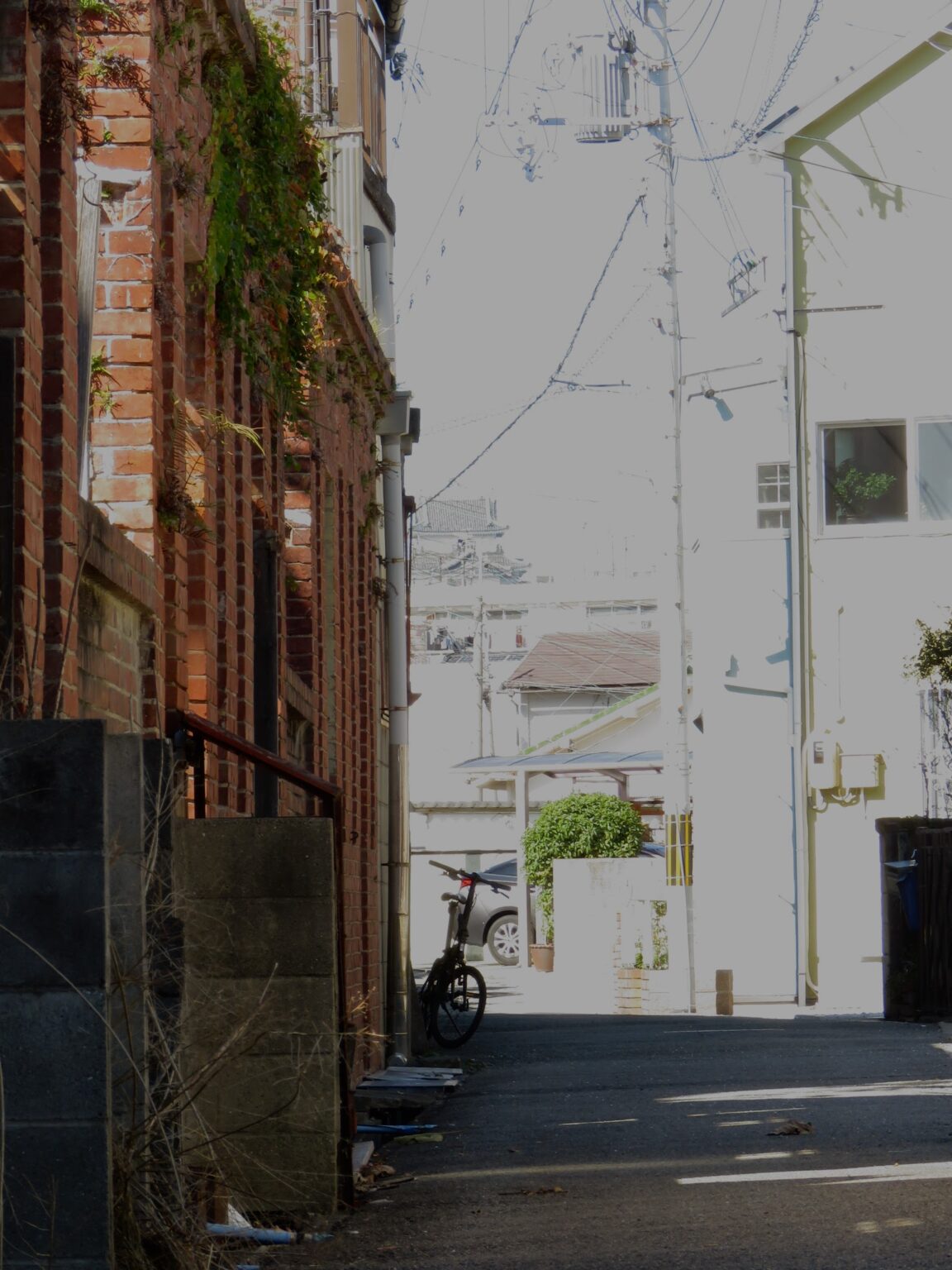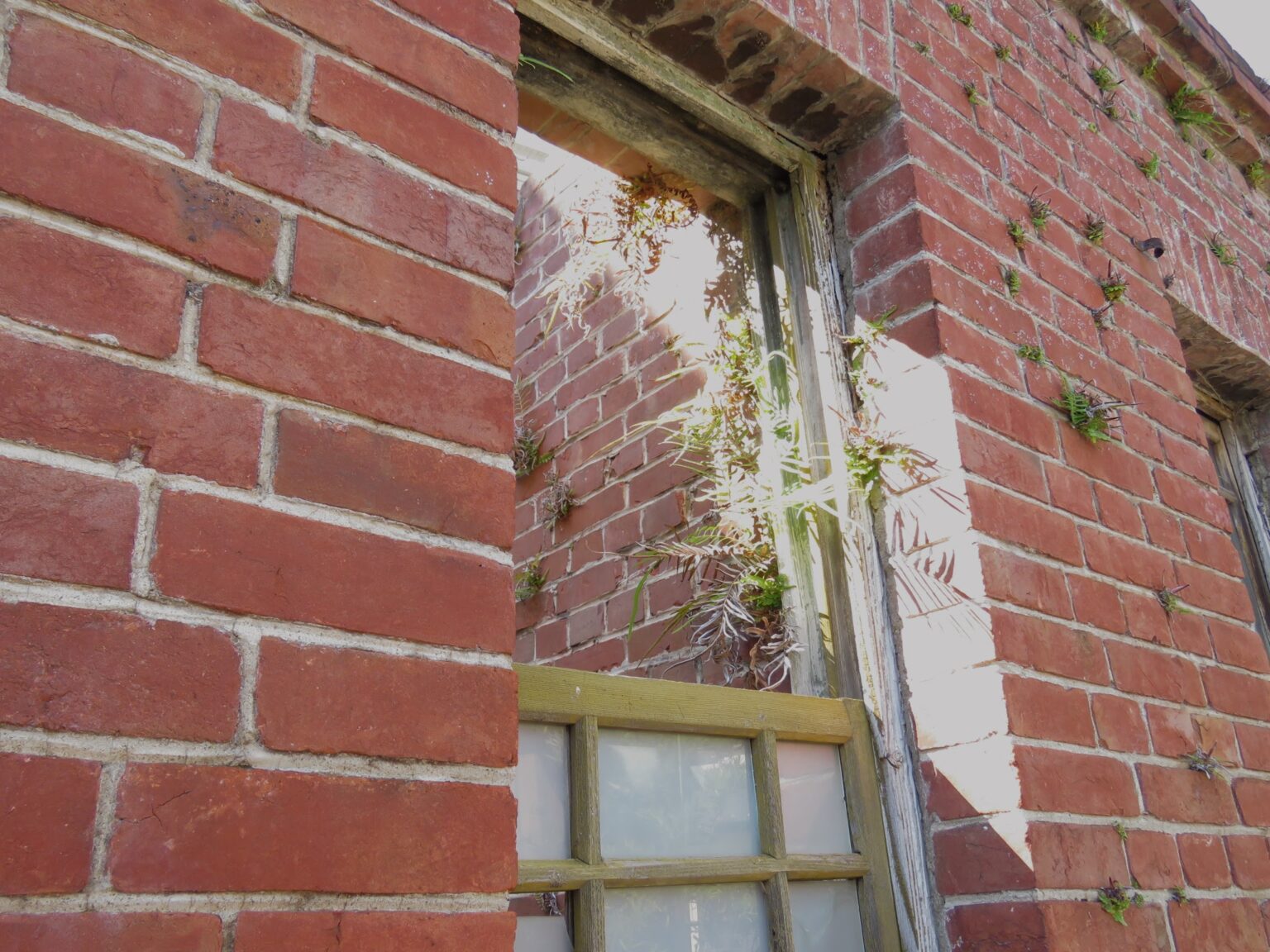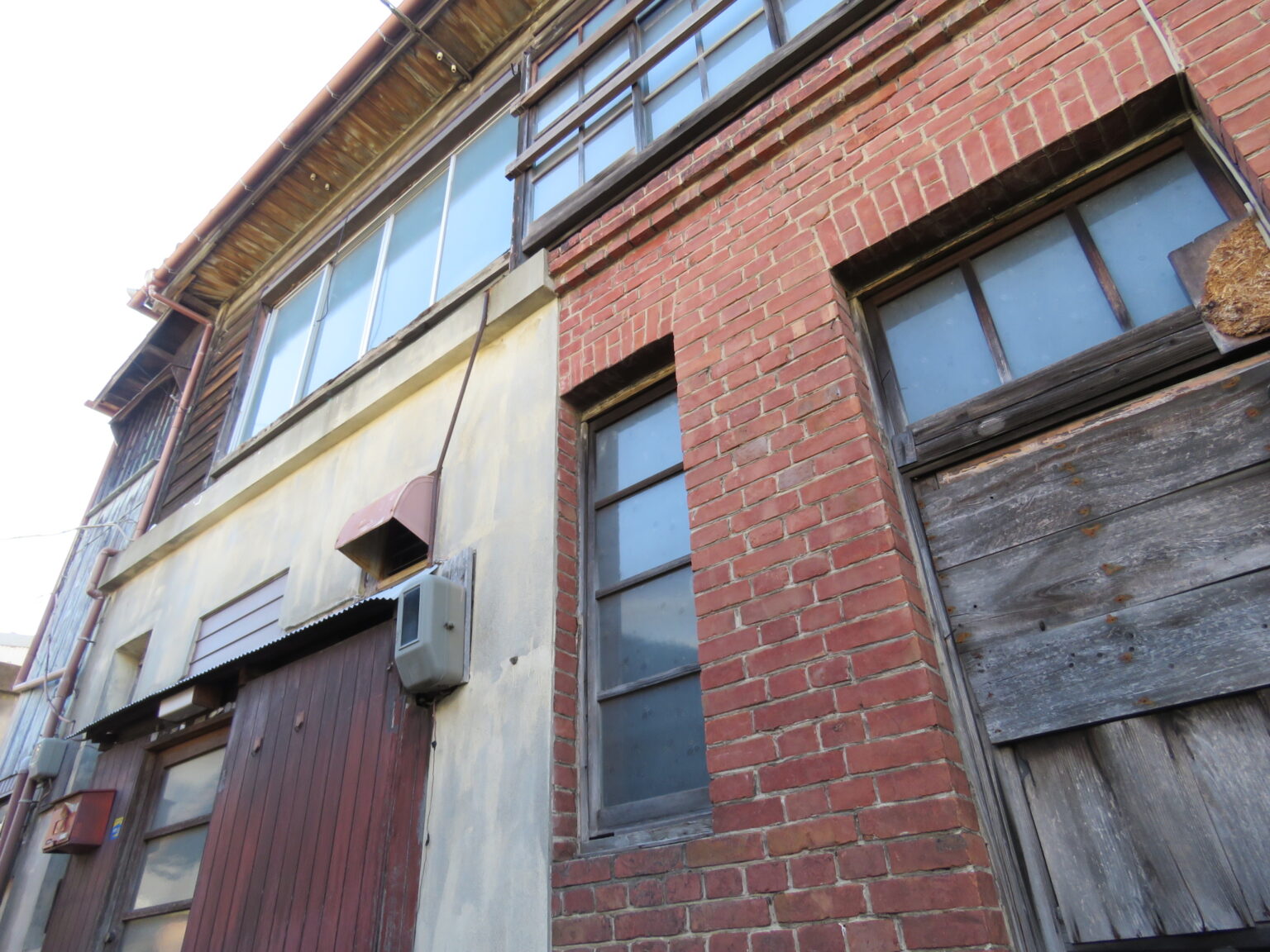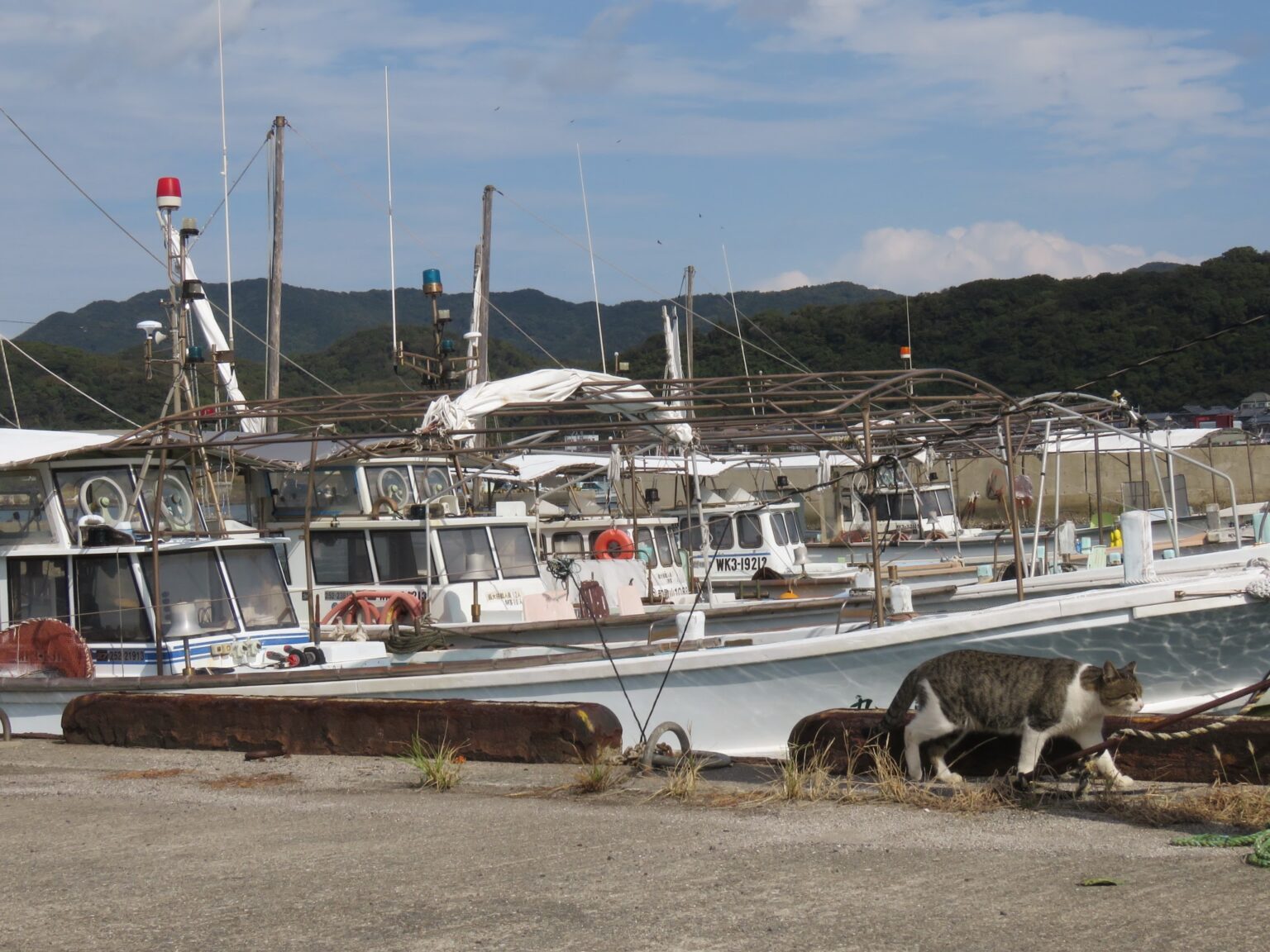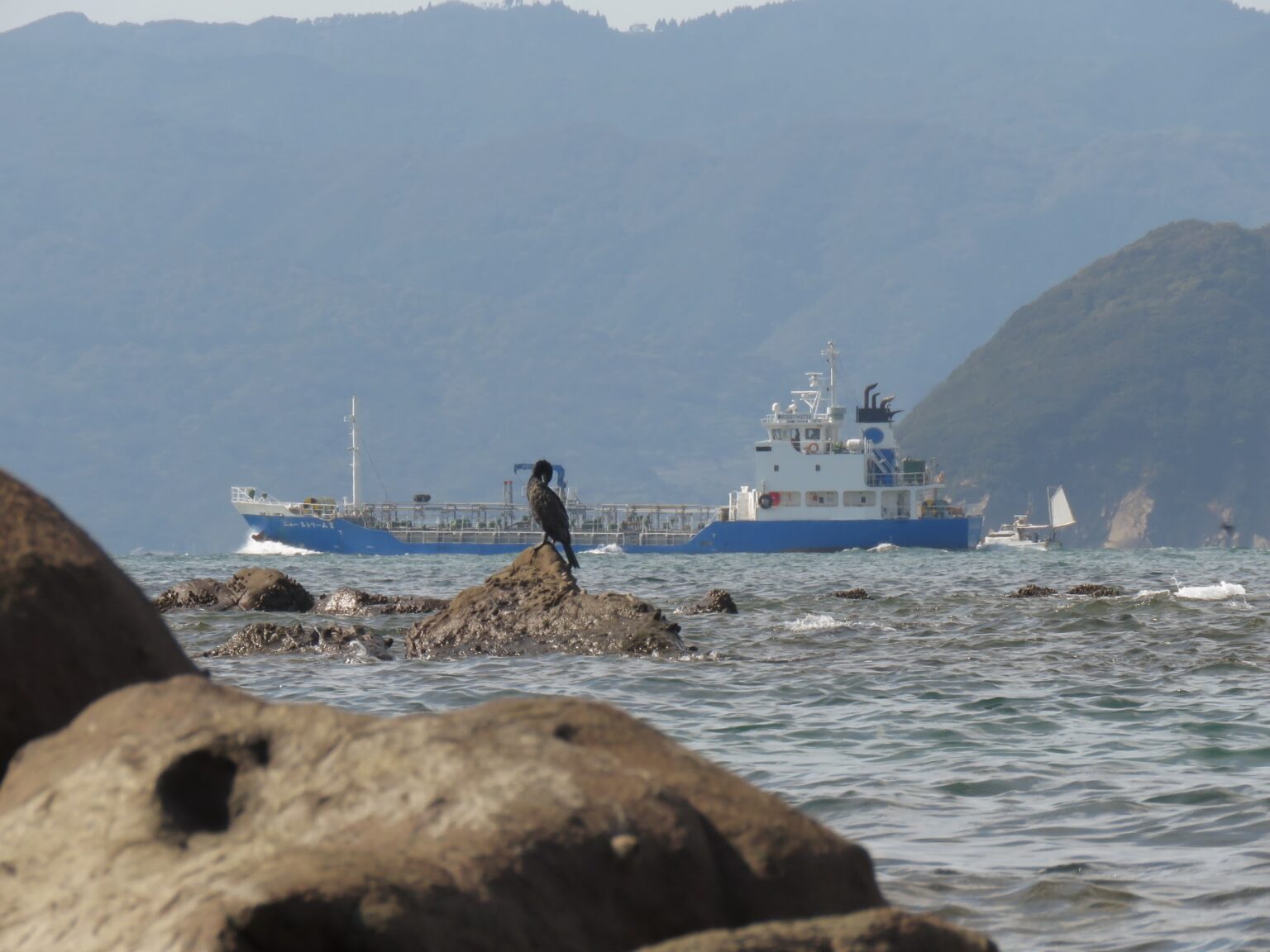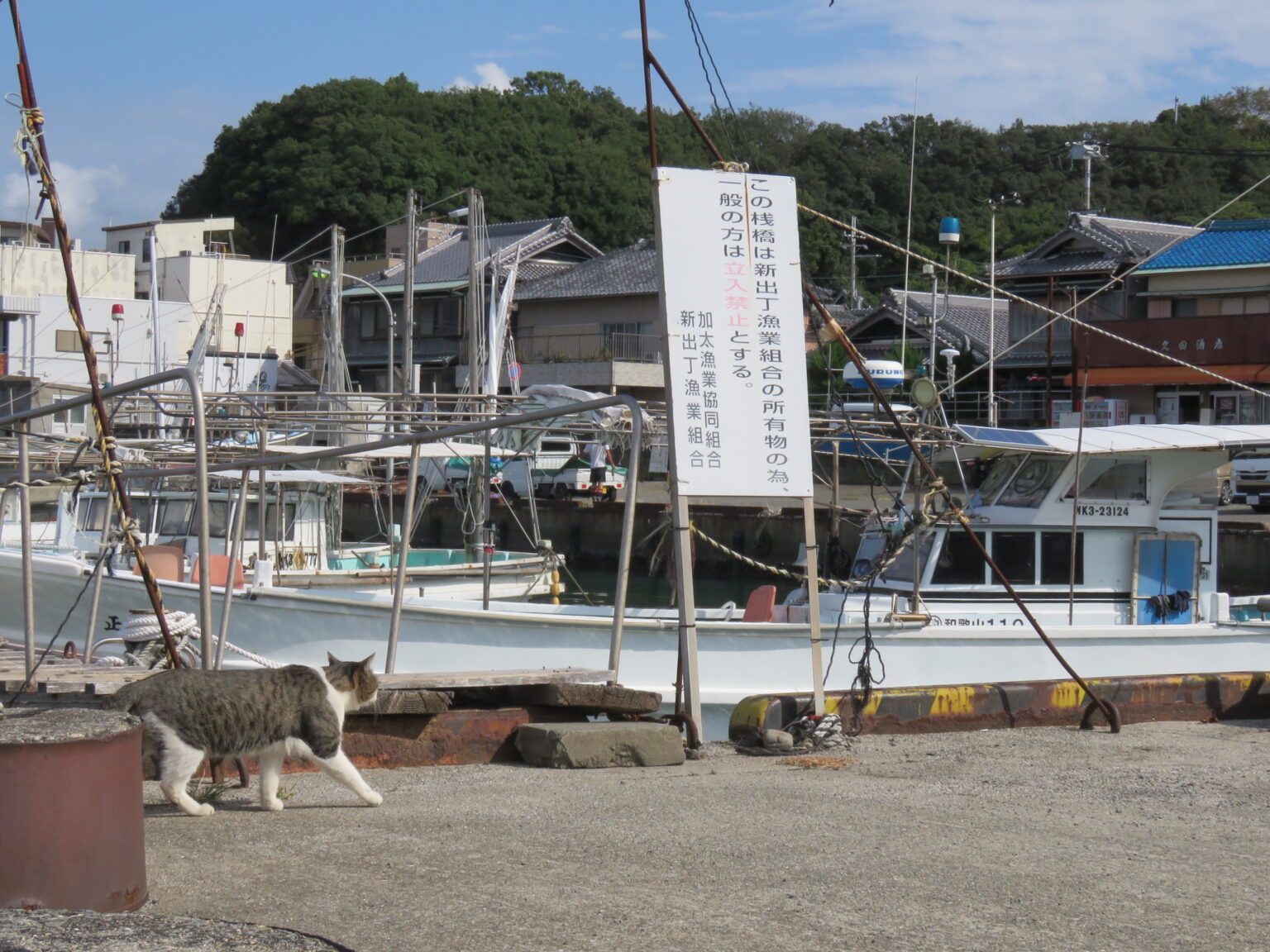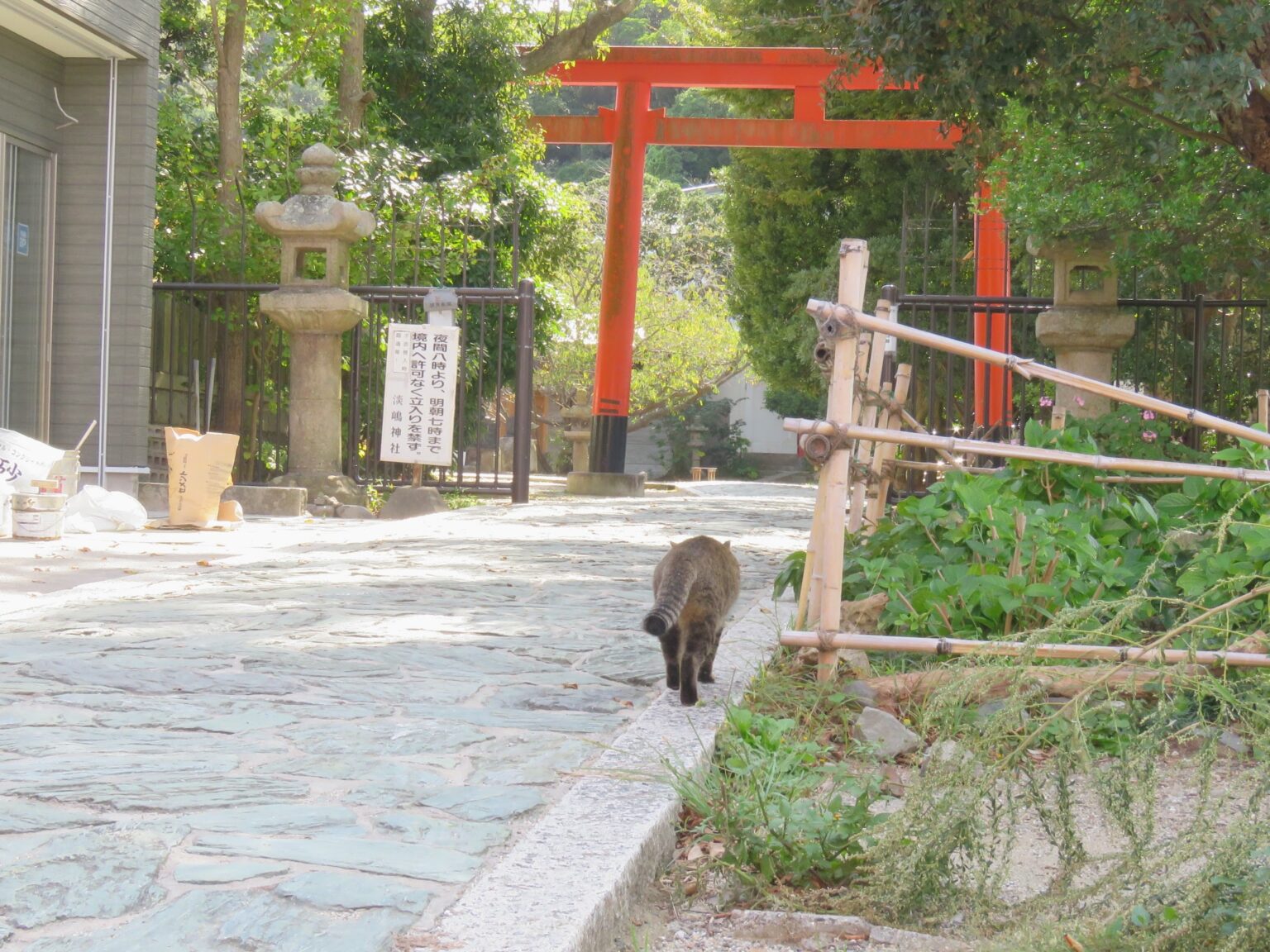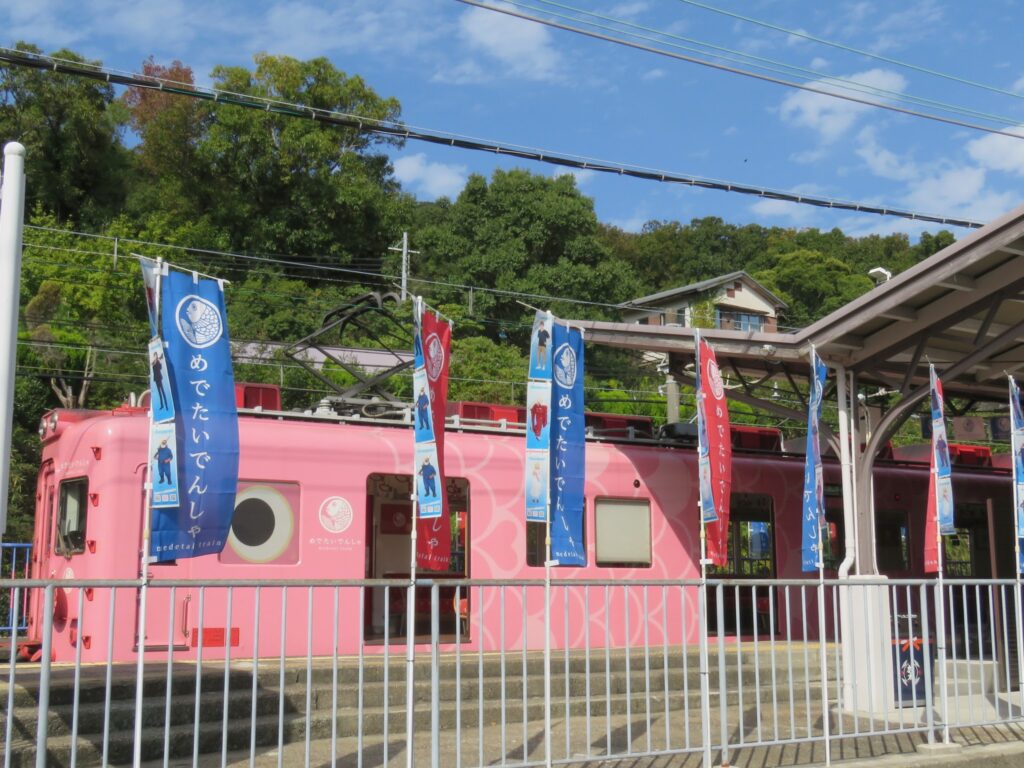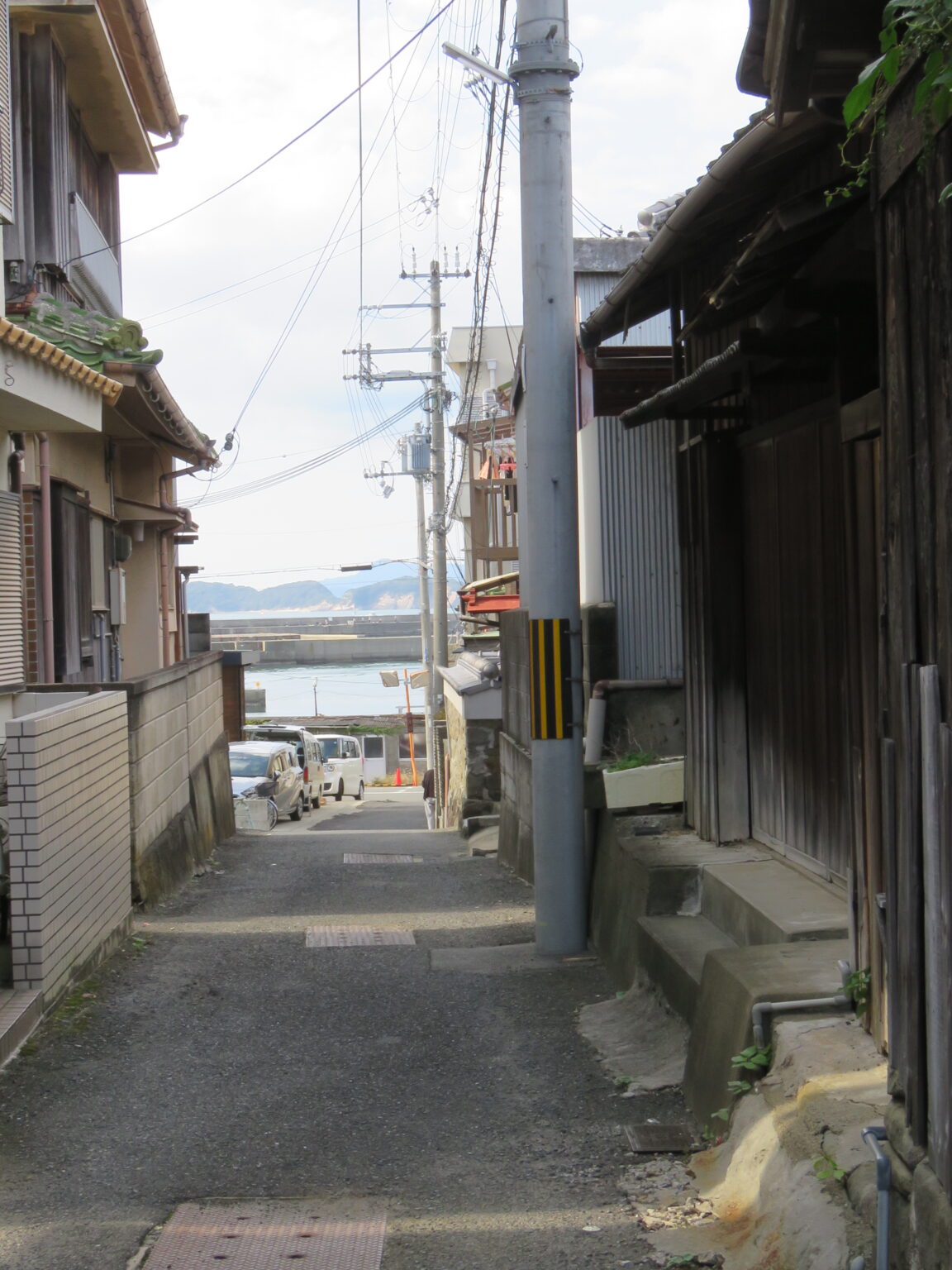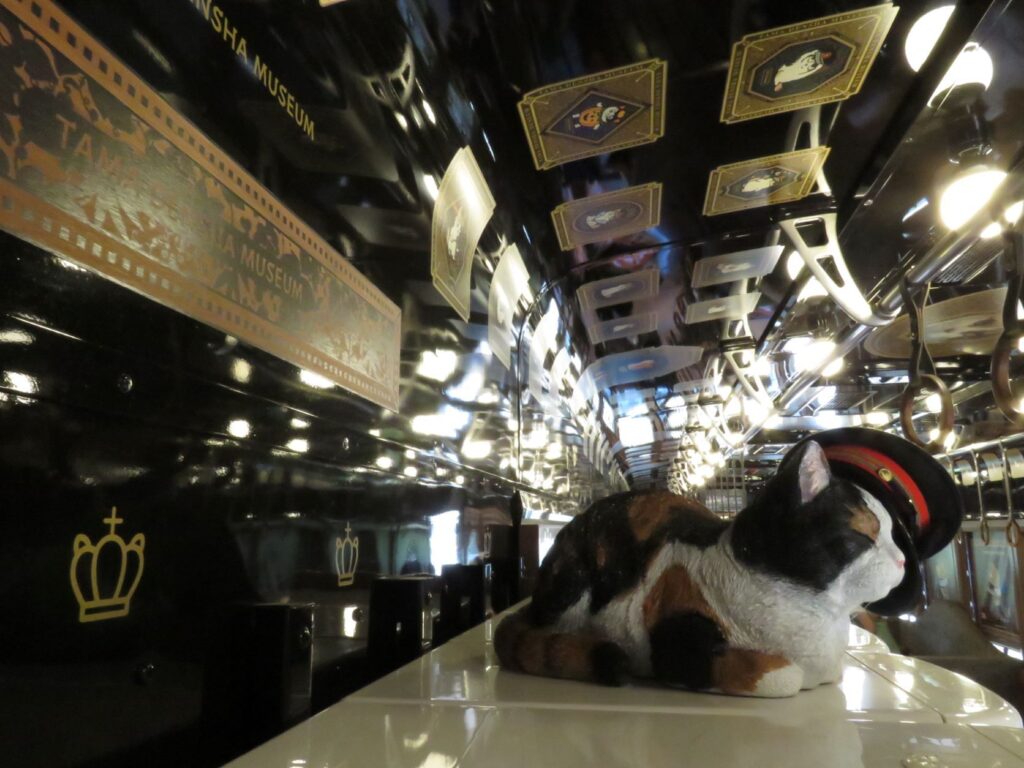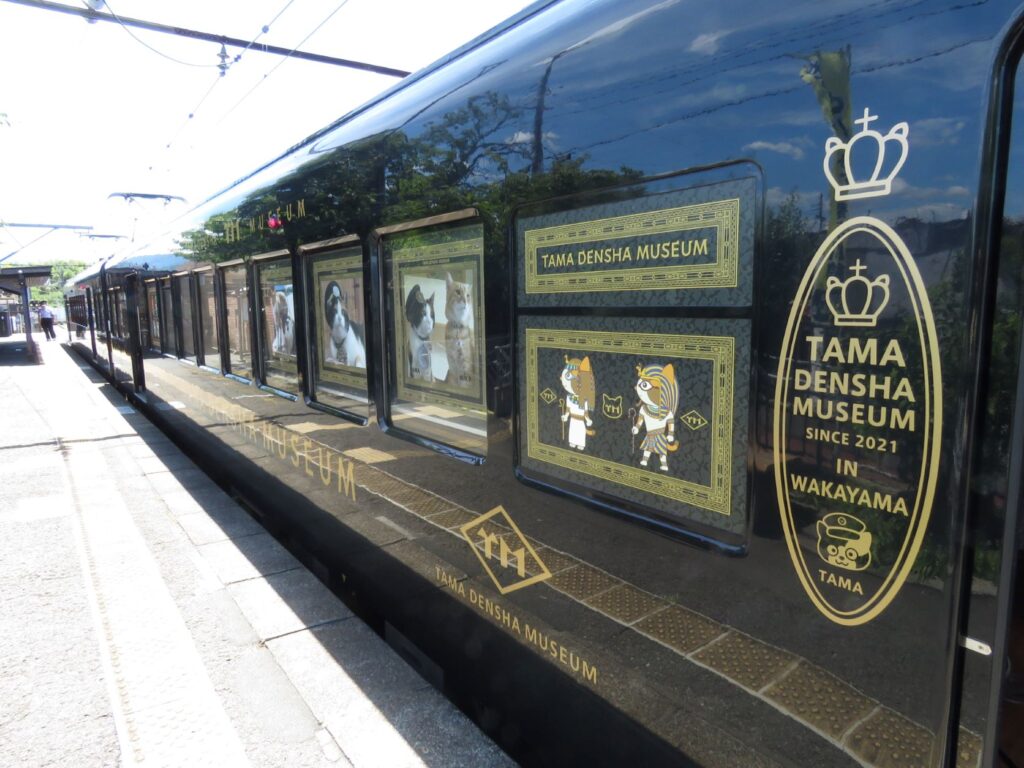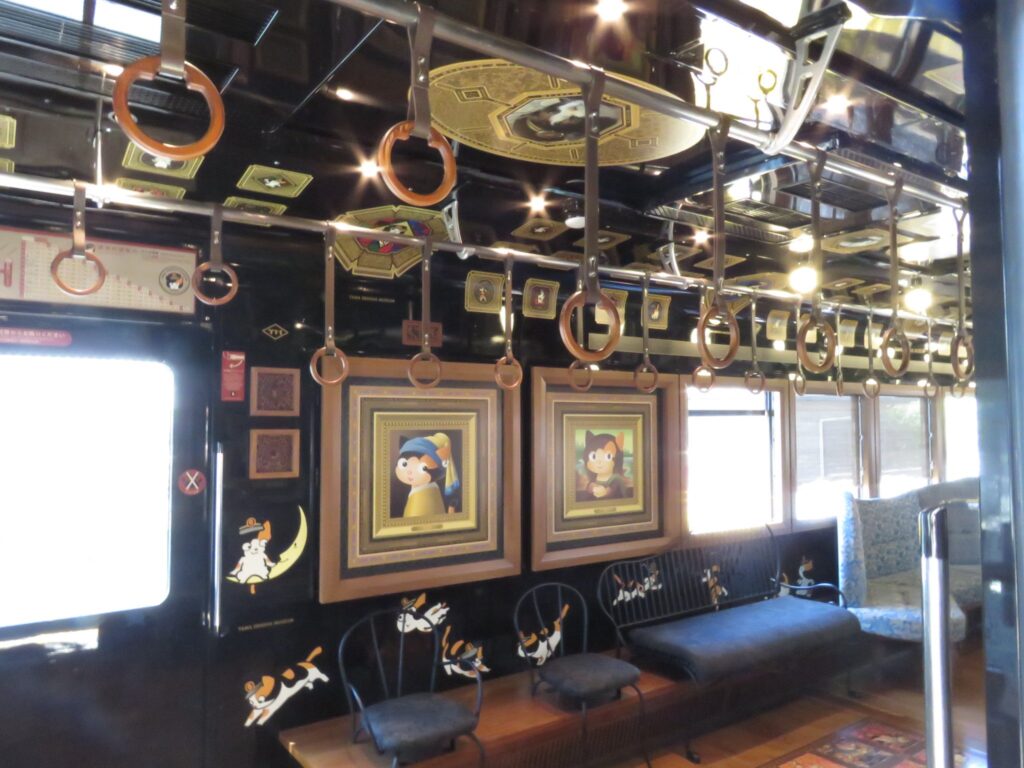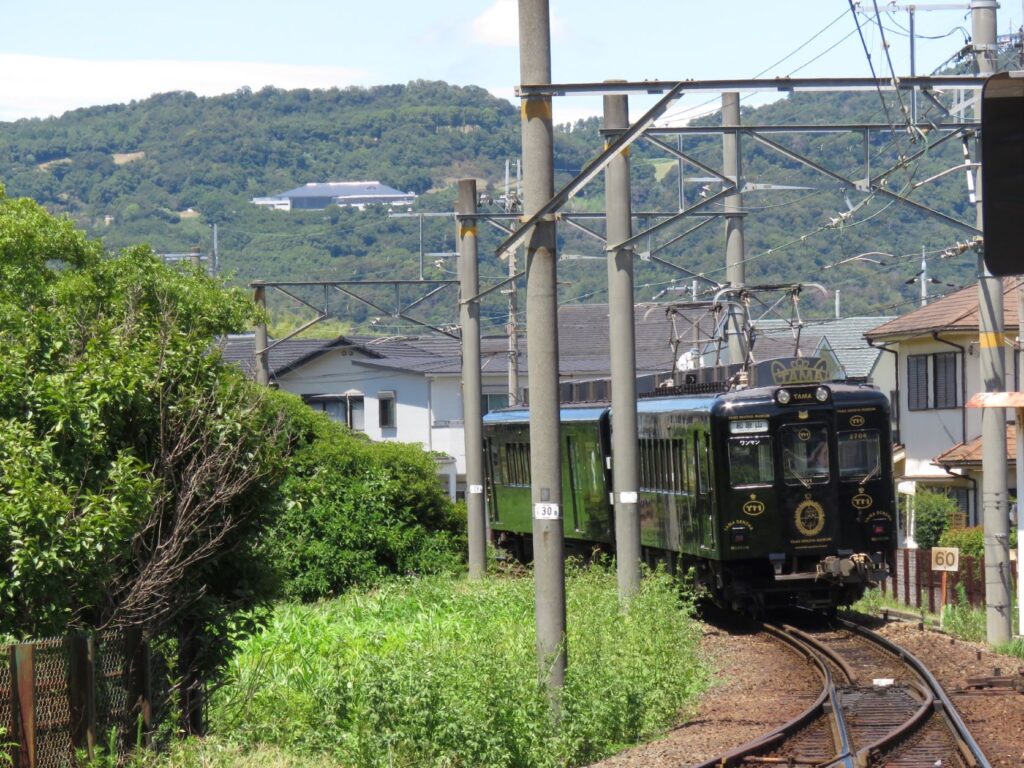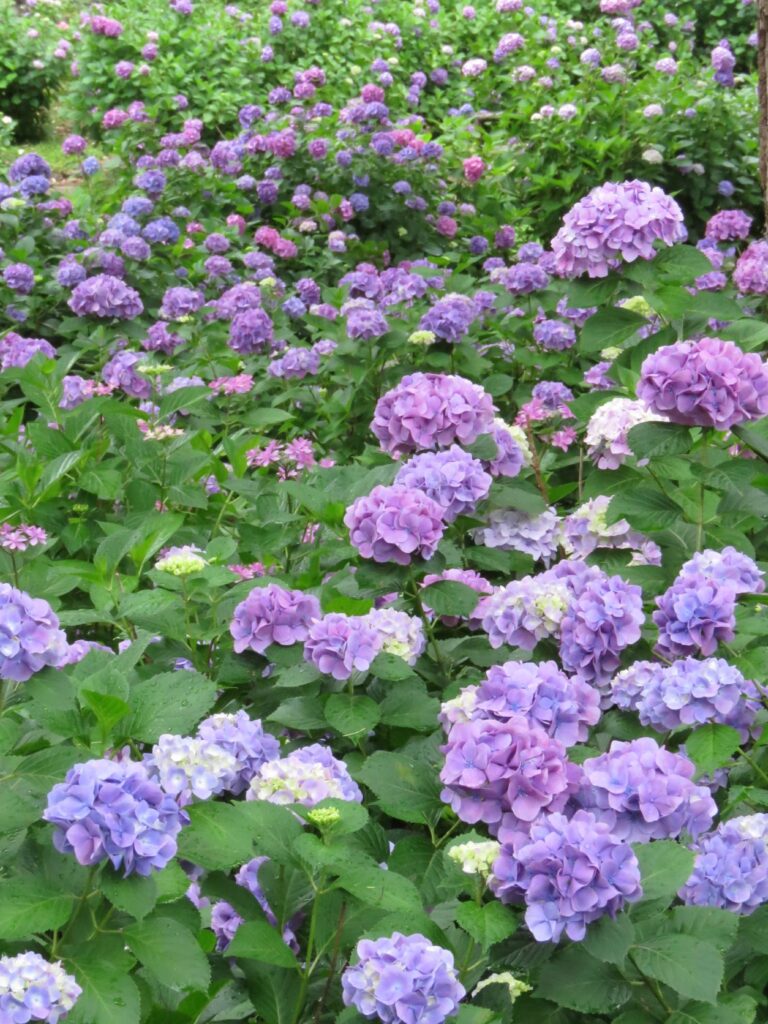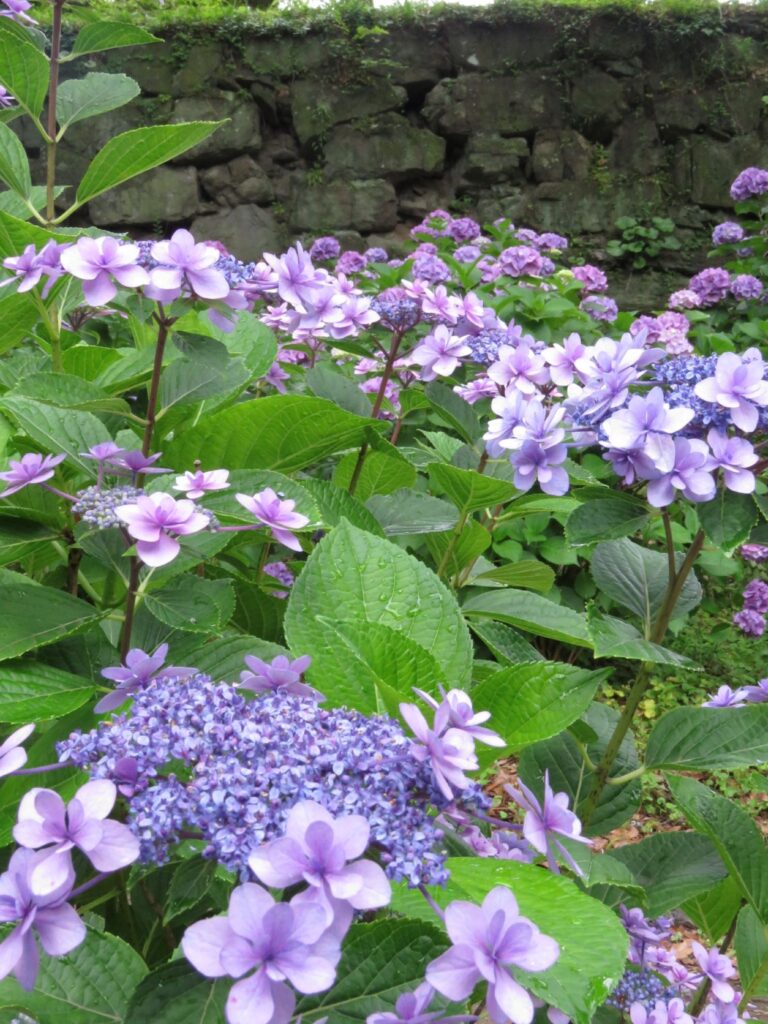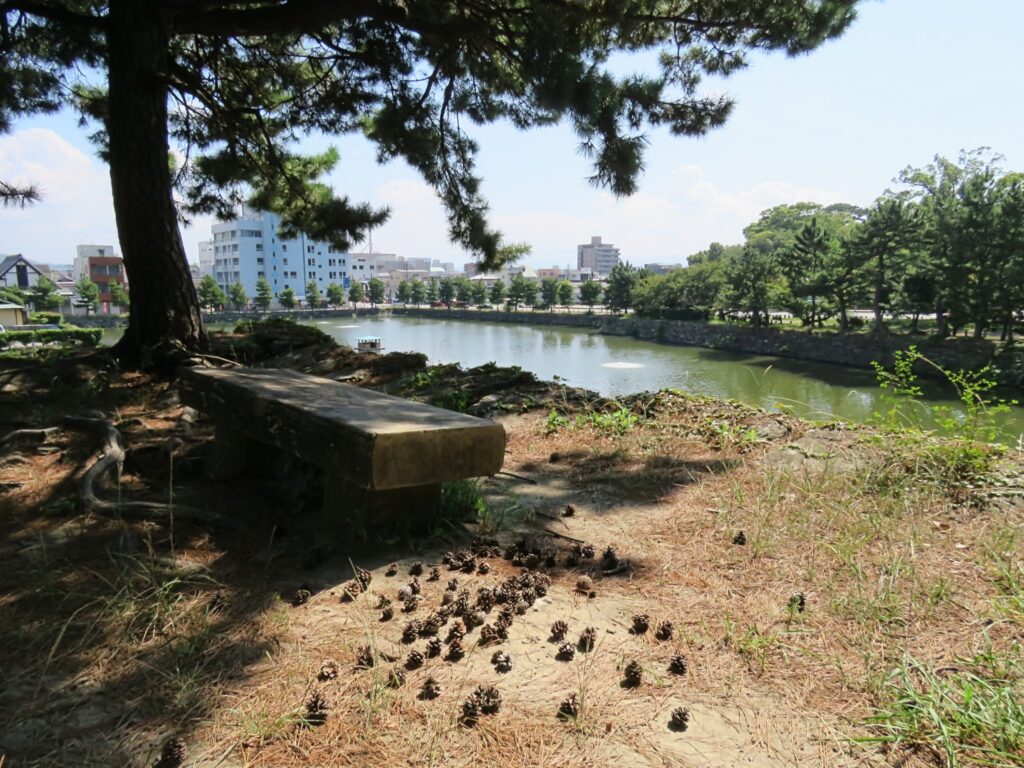
There are many restaurants in the area from around Wakayama Castle to Wakayama Station and Wakayama City Station, and if you start walking without deciding which restaurant to go to, you will end up getting confused and getting hungry.
In this town, I recommend eating outside when the weather is nice, using takeout, bread, and bento shops.
If you want to have lunch outdoors, Wakayama Castle is the place to go. There are many benches installed in Wakayama Castle Park, so unless it’s an event day, you won’t have to worry about finding a place to sit.
There are many restaurants in the area from around Wakayama Castle to Wakayama Station and Wakayama City Station, and if you start walking without deciding which restaurant to go to, you will end up getting confused and getting hungry. It will be.
In this town, we recommend eating outside when the weather is nice, using takeout, bread, and bento shops.
If you want to have lunch outdoors, Wakayama Castle is the place to go. There are many benches installed in Wakayama Castle Park, so unless it’s an event day, you won’t have to worry about finding a place to sit.
One of the best-kept secrets is the east side of the castle. Enter the castle from the Okaguchi Gate on the south side, walk north, and you will see Kuranomaru on your right. There you will find a long horizontal staircase called “Gangi” along the moat. When you go up the narrow steps, there are several benches where you can take a break while looking out at the moat.
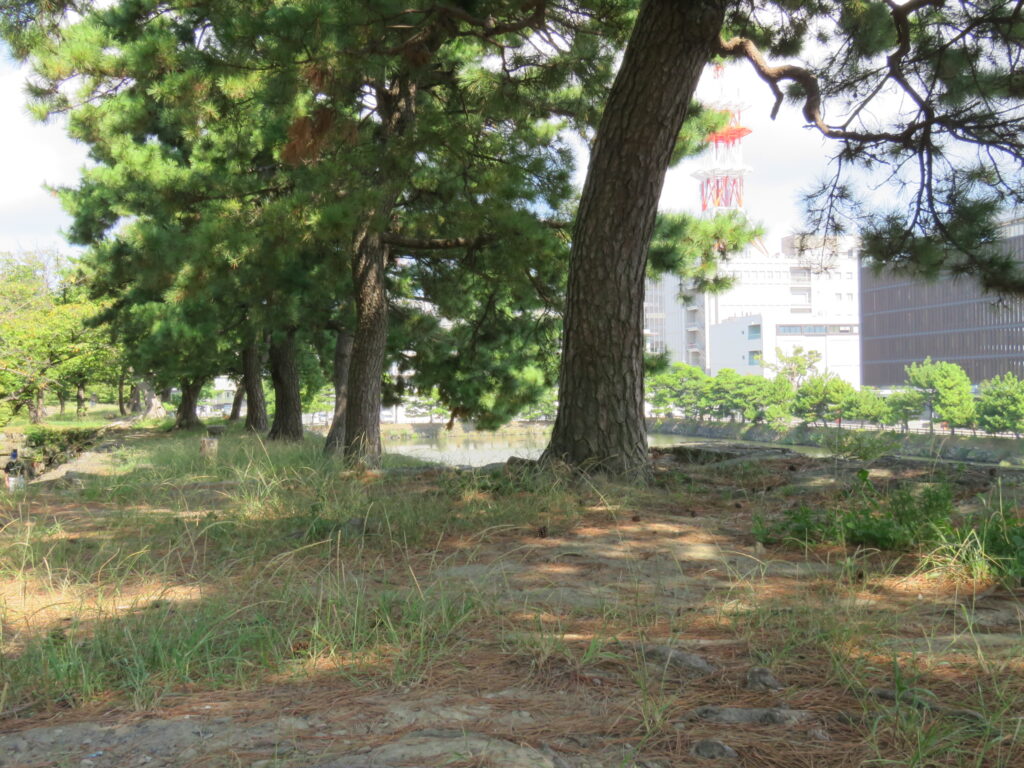
It’s a little difficult to go up to the castle tower, but here you only have to climb up Gangi a little. Carp and turtles often swim in the moat, and various birds also gather there.
I think it’s a good place to relax when you want to take a short break.
